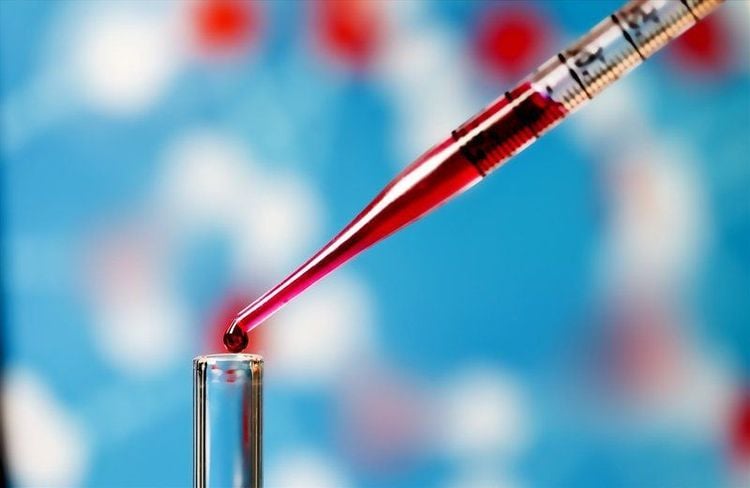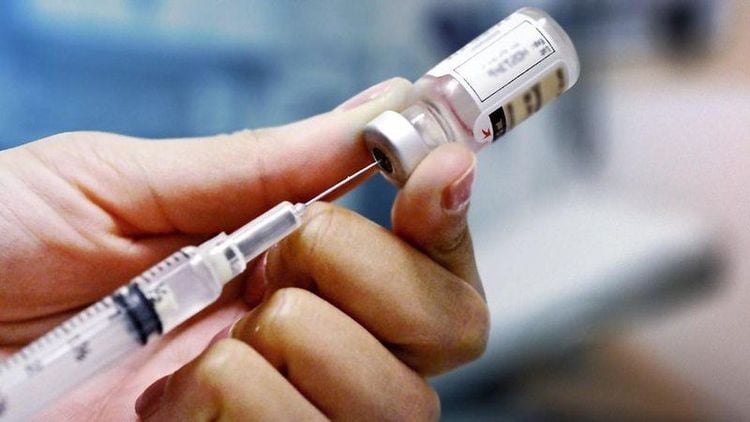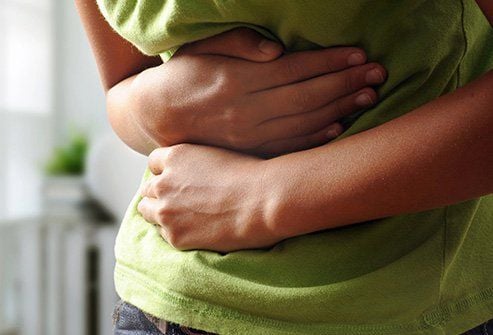This is an automatically translated article.
This article is professionally consulted by Master, Doctor Vu Huy Hoang - Radiologist - Department of Diagnostic Imaging and Nuclear Medicine - Vinmec Times City International Hospital. Doctor Vu Huy Hoang has 10 years of experience working in the field of diagnostic imaging.And Master, Doctor Nguyen Van Phan - Head of Interventional Imaging Unit - Department of Diagnostic Imaging and Nuclear Medicine - Vinmec Times City International Hospital. Doctor Nguyen Van Phan is an interventional radiologist and radiologist.
Radiofrequency ablation (RFA) is a new thermal tumor destruction method that has recently been introduced to the treatment of uterine fibroids. Usually, doctors will prescribe this method for patients with benign tumors, which are painless and highly effective.
1. What is high frequency fibroid ablation?
Uterine fibroids are a common malignancy in women of reproductive age and middle age. The disease is often the cause of menstrual disorders, menorrhagia, and reduced fertility in women. In fact, fibroids can be eliminated from the body when estrogen hormone declines, but in some cases, uterine fibroids grow large, if not examined and treated promptly, they can progress and develop. pressure on other organs in the body such as uterus, ovaries, fallopian tubes, bladder, rectum.Fibroids can be removed with medication, open surgery, or laparoscopic surgery to remove the fibroids. However, open or laparoscopic surgery can have complications such as bleeding, collection of fluid, damage to the uterine lining... Besides, after treatment, the patient needs to be hospitalized, use antibiotics and analgesic.

This method works by applying electrodes to the center of the tumor. When fibroids are subjected to frictional heat, the surrounding tissue will dry out, cells will lose water and promote tumor necrosis. High frequency waves have frequencies in the range of sound waves (radio, 200 – 1,200MHz). This electricity is delivered to the body through a needle-shaped electrode that enters the tip of the needle and generates heat. Radiofrequency waves only affect fibroids and do not affect nearby organs.
2. Indicated to burn fibroids with high-frequency waves for whom?
Treatment of uterine fibroids by radiofrequency (RFA) is a new treatment method, which is expected to be effective, less invasive and especially painless for the patient. In fact, the RFA method has been very popular in the treatment of benign thyroid nodules, liver tumors, and a number of other conditions.Accordingly, this method can be performed for the following patients:
Patients with tumor size < 8cm. The number of tumors is not more than 3. The patient has had enough children and can stop giving birth.
3. Steps to perform treatment of uterine fibroids with high-frequency waves

First, the patient will have an ultrasound to determine the location, characteristics of the fibroid, size and volume of the tumor. If it is difficult to determine exactly, the patient may be indicated to perform a fine-needle biopsy of the FNA to accurately assess whether the tumor is benign or malignant. After that, the doctor will also assign the patient to have a blood test, blood pressure measurement, electrocardiogram, before the procedure.
Treatment of uterine fibroids with high-frequency waves is a procedure, the steps are as follows:
Step 1: Conductive needles are inserted into the tumor through the skin (at the numbed position). ), the process of needle puncture and the control of the needle path into the tumor were monitored under ultrasound. Step 2: The doctor adjusts the conduction from the needle to emit radio waves that heat the cells at the tumor. The wave is effective within 0.5 - 1cm adjacent to the tumor. Step 3: Normally, the heating needle temperature is about 100°C, the effect time within 10 minutes continuously can kill all fibroid cells. Step 4: The patient is taken to the recovery room and monitored for symptoms after that, can be discharged the same day if there are no abnormal signs. RFA can be performed quickly after 15-20 minutes. Accordingly, doctors also encourage patients to treat uterine fibroids at an early stage, because at the stage where the tumor is smaller than 3cm, the number of fibroids is small, the treatment effect is almost absolute.
After the treatment of uterine fibroids, patients experiencing side effects such as abdominal pain, fever, vaginal bleeding, discomfort or nausea will be assigned by the doctor for further monitoring. During this time, the doctor assigns the patient to take antibiotics, antiemetics and pain relievers for supportive treatment.
4. What are the advantages and disadvantages of treating uterine fibroids with high-frequency waves?

4.1. Advantages The advantage of the method of treating uterine fibroids with high-frequency waves compared to other methods is the short treatment time, lasting only 10-15 minutes. Besides, the recovery time after ablation is also very quick. Compared with surgical methods, patients need to be hospitalized for a few days, then RFA can go home the same day, causing no pain or little pain, no anesthesia and no scarring.
4.2. Disadvantages Besides the advantages, the method of burning uterine fibroids by radiofrequency also has certain disadvantages, for example, this method is only performed when the patient has a small tumor and the number of cysts is not too large. not too much fiber.
On the other hand, in the process of using radiofrequency waves may affect the fertility of women, so this method is suitable for women who have given birth to a sufficient number of children and have no need for further reproduction.
This is a new method, with many advantages, few complications, so the treatment cost is high and not covered by health insurance.
Although it is a new, non-invasive treatment method, patients need to pay attention to some issues to avoid unwanted side effects such as maintaining a healthy diet, avoiding sex after burning high-frequency waves, keeping clean, having regular health check-ups and following the doctor's instructions.
High frequency fibroid ablation is a modern treatment method and is gradually becoming popular in the treatment of uterine fibroids. Patients can refer to this method for an additional choice to help treat the disease safely and effectively.
In addition to radiofrequency therapy, Vinmec is currently implementing the treatment of uterine fibroids by means of uterine artery embolization, which is a routine method at Vinmec International General Hospital. At the hospital, many cases of multiple fibroids have been treated at the hospital, who can successfully conceive and give birth. This is a method that requires a high level of technical expertise of the doctor with the support of modern machinery and equipment. This method has a treatment efficiency of over 95% and is considered the most advanced, modern and safest method today. After the procedure, the patient recovered quickly and left no sequelae.
Please dial HOTLINE for more information or register for an appointment HERE. Download MyVinmec app to make appointments faster and to manage your bookings easily.
MORE
Complications of uterine fibroids: What you need to know! Distinguishing uterine polyps and uterine fibroids The reason why women often have uterine fibroids














